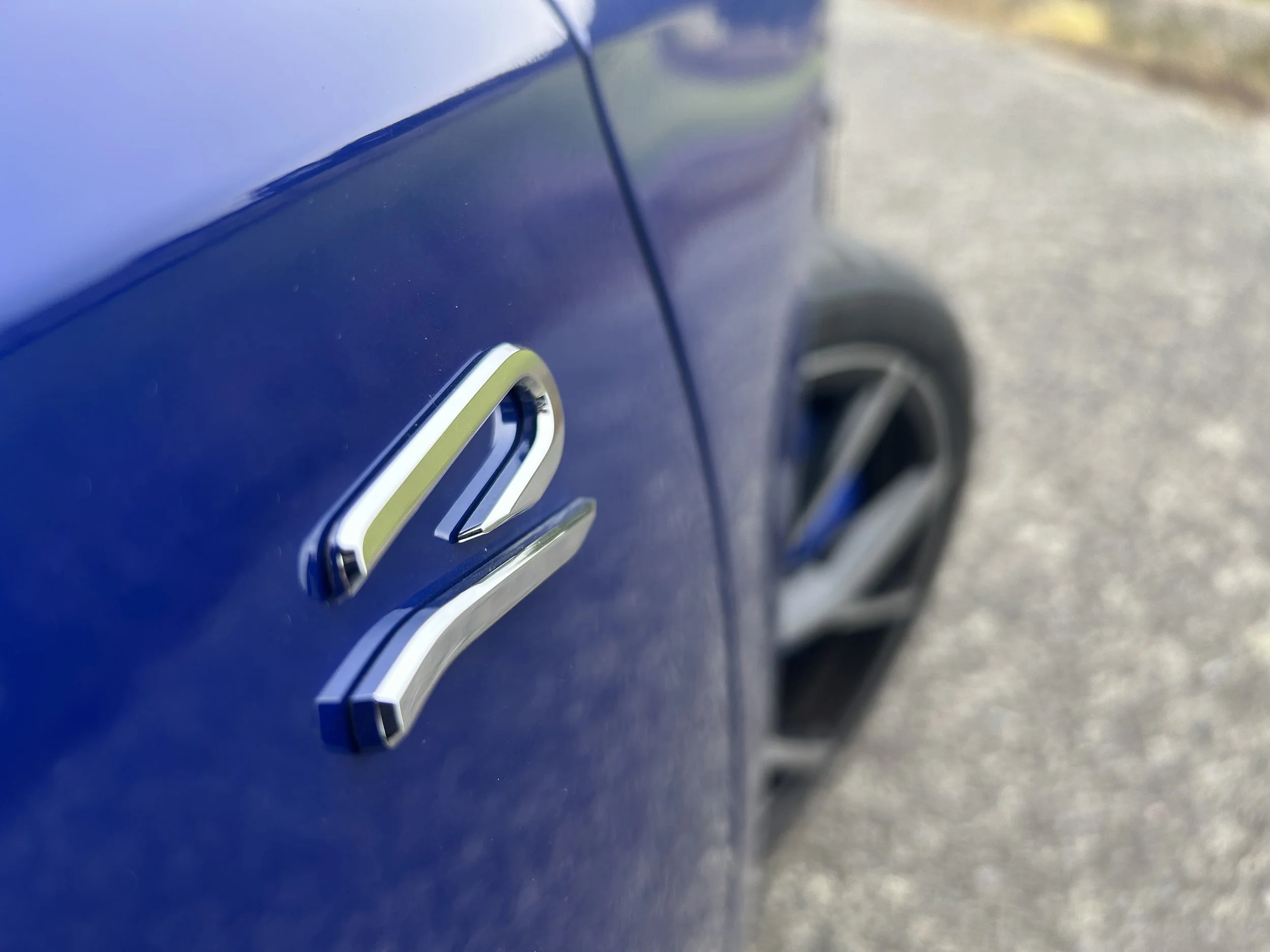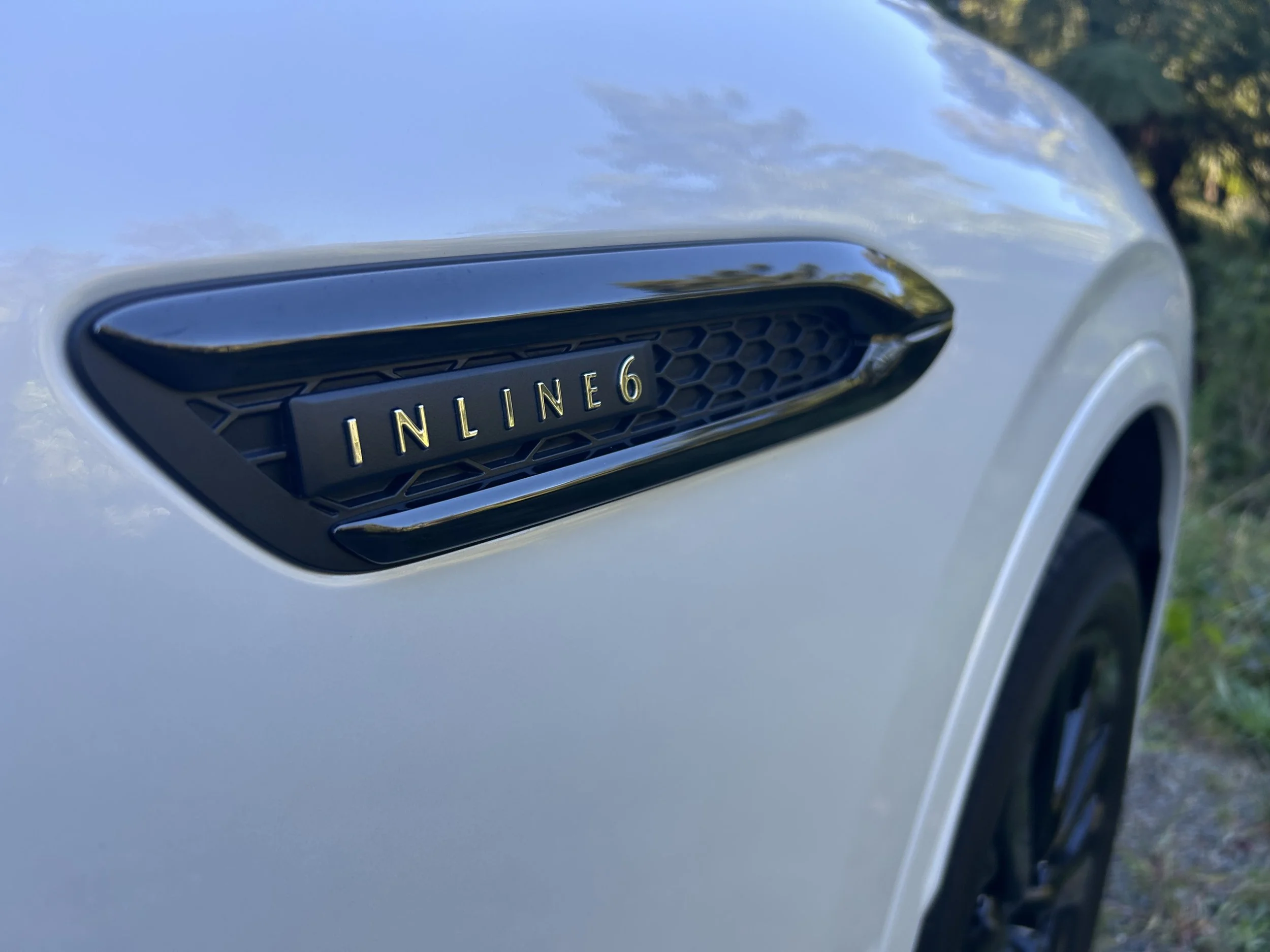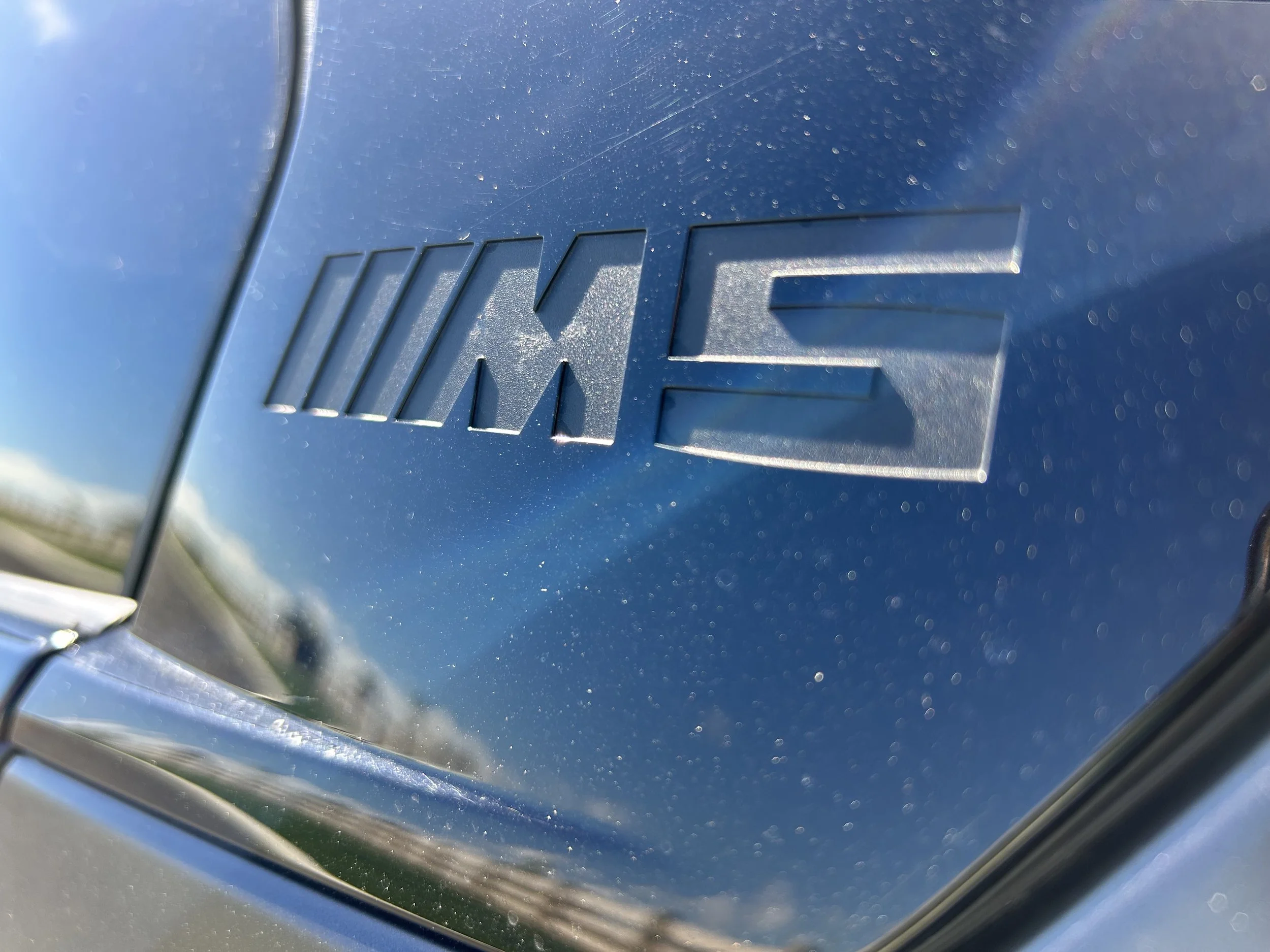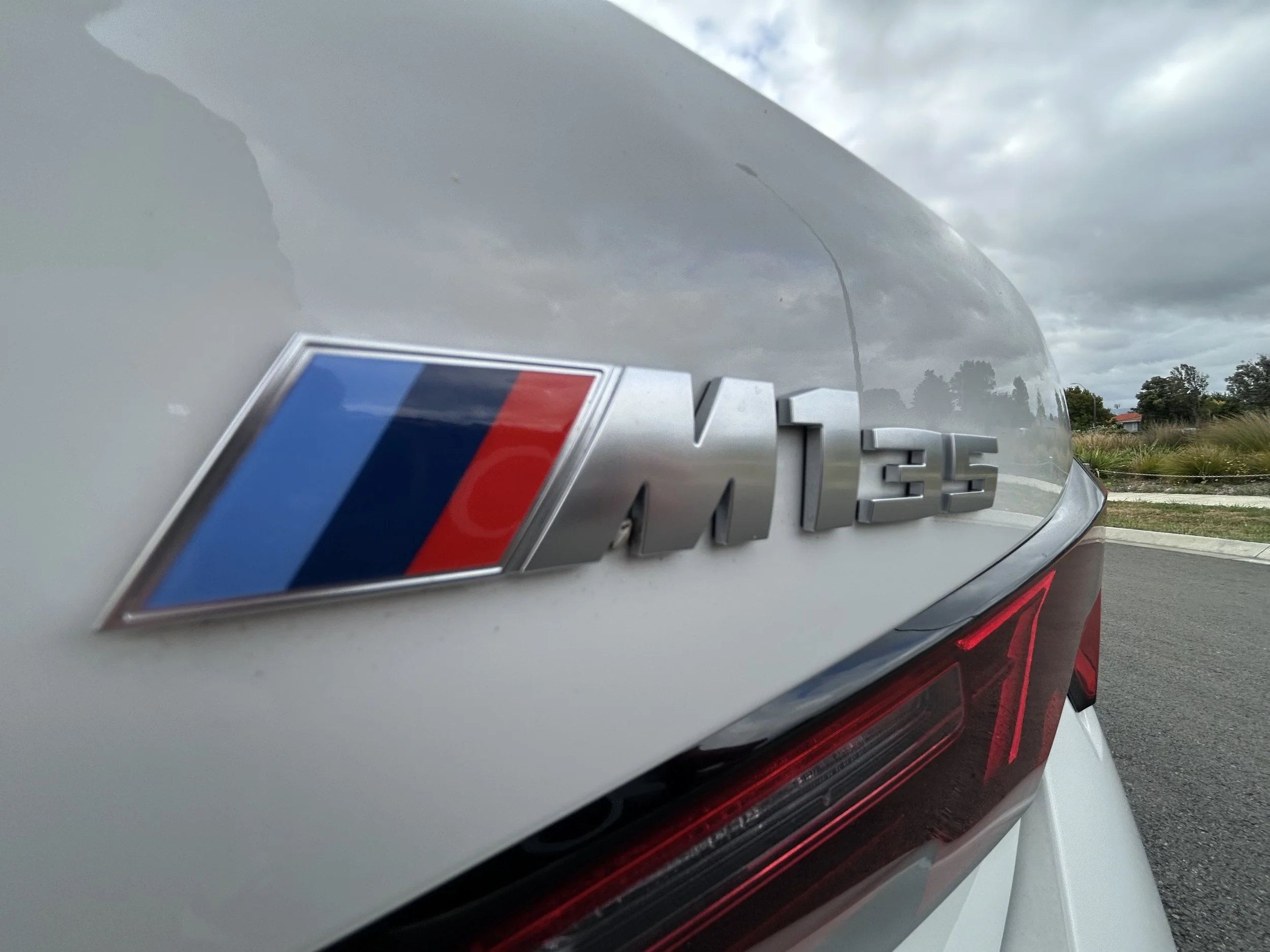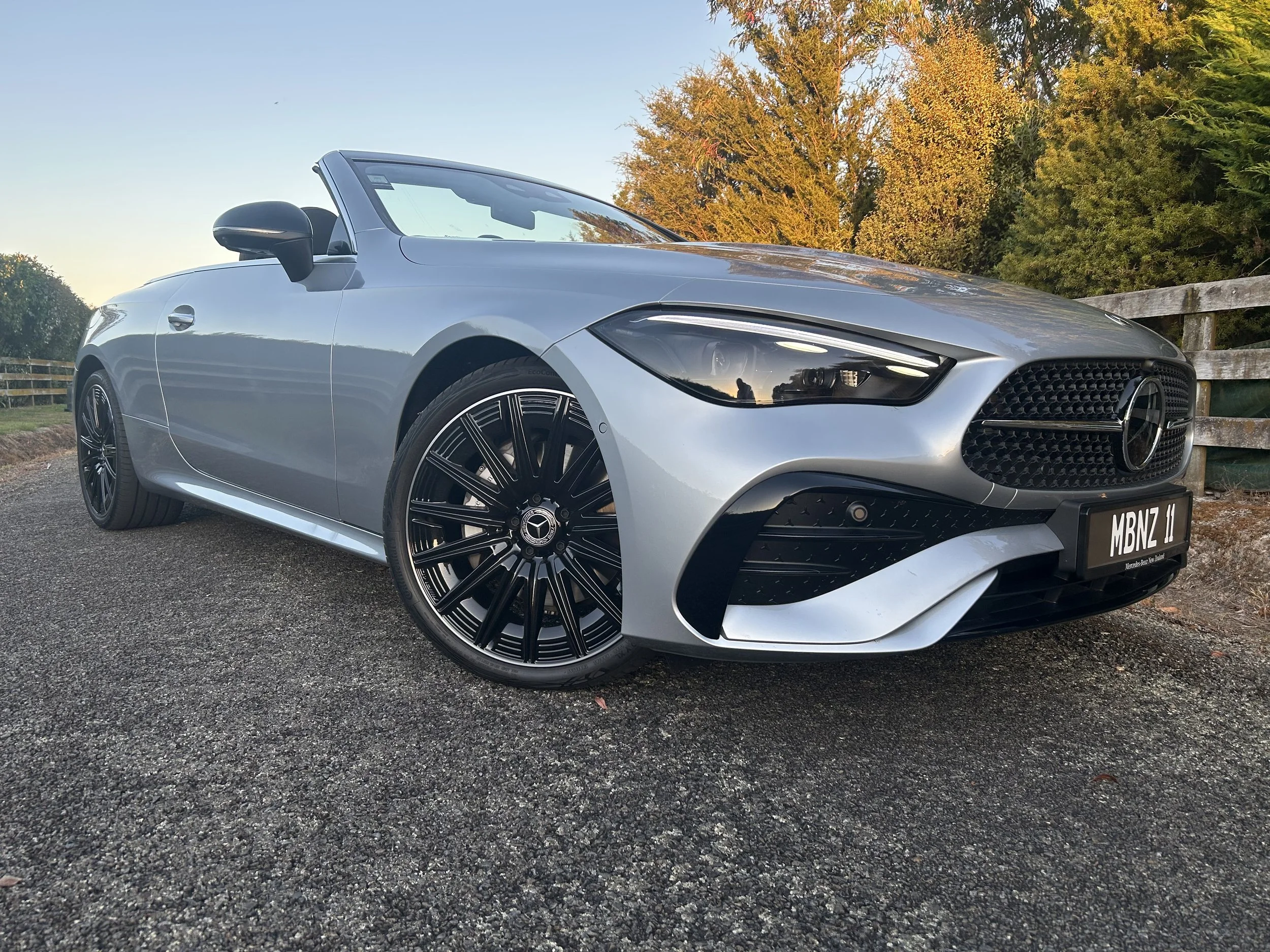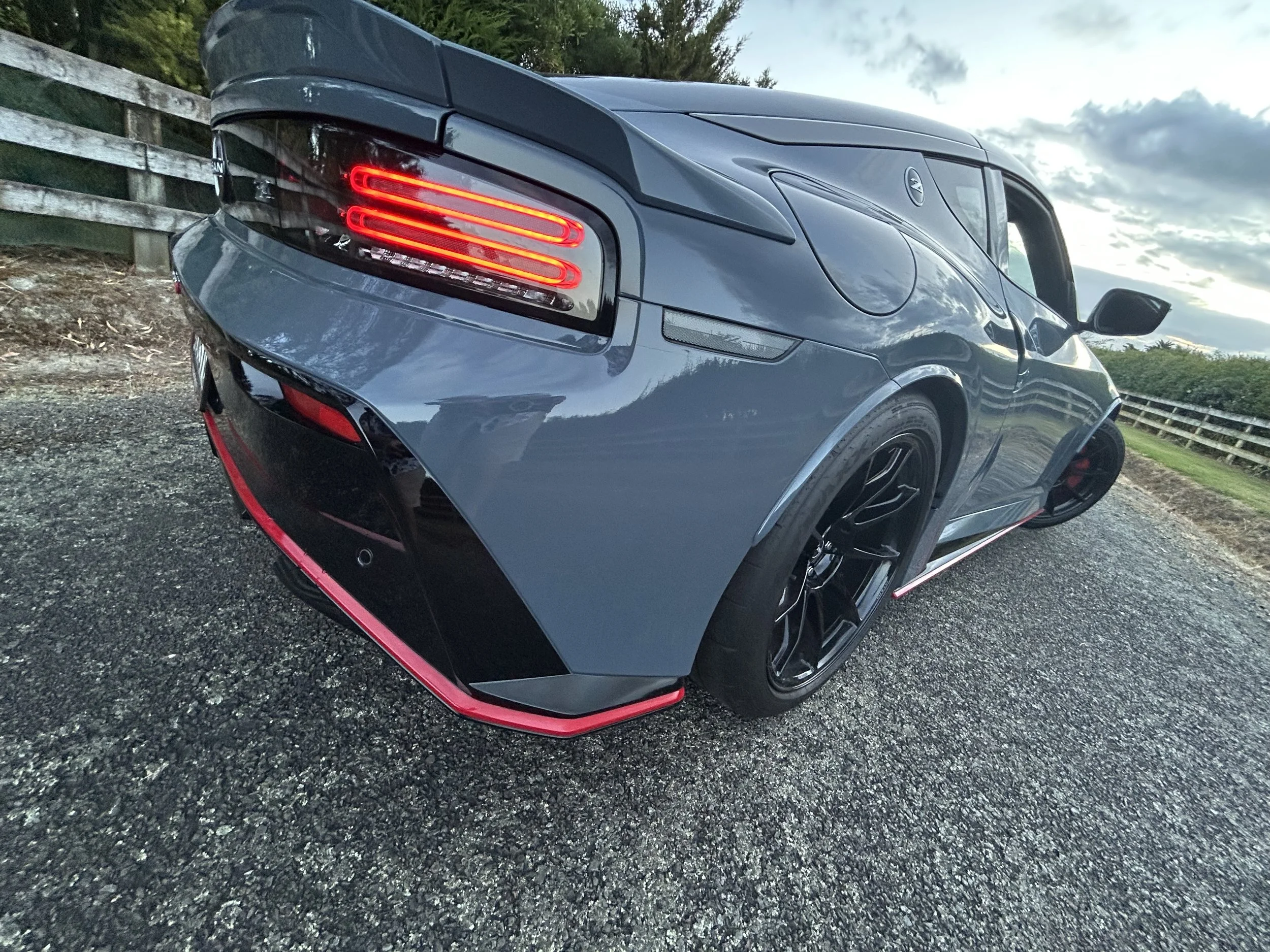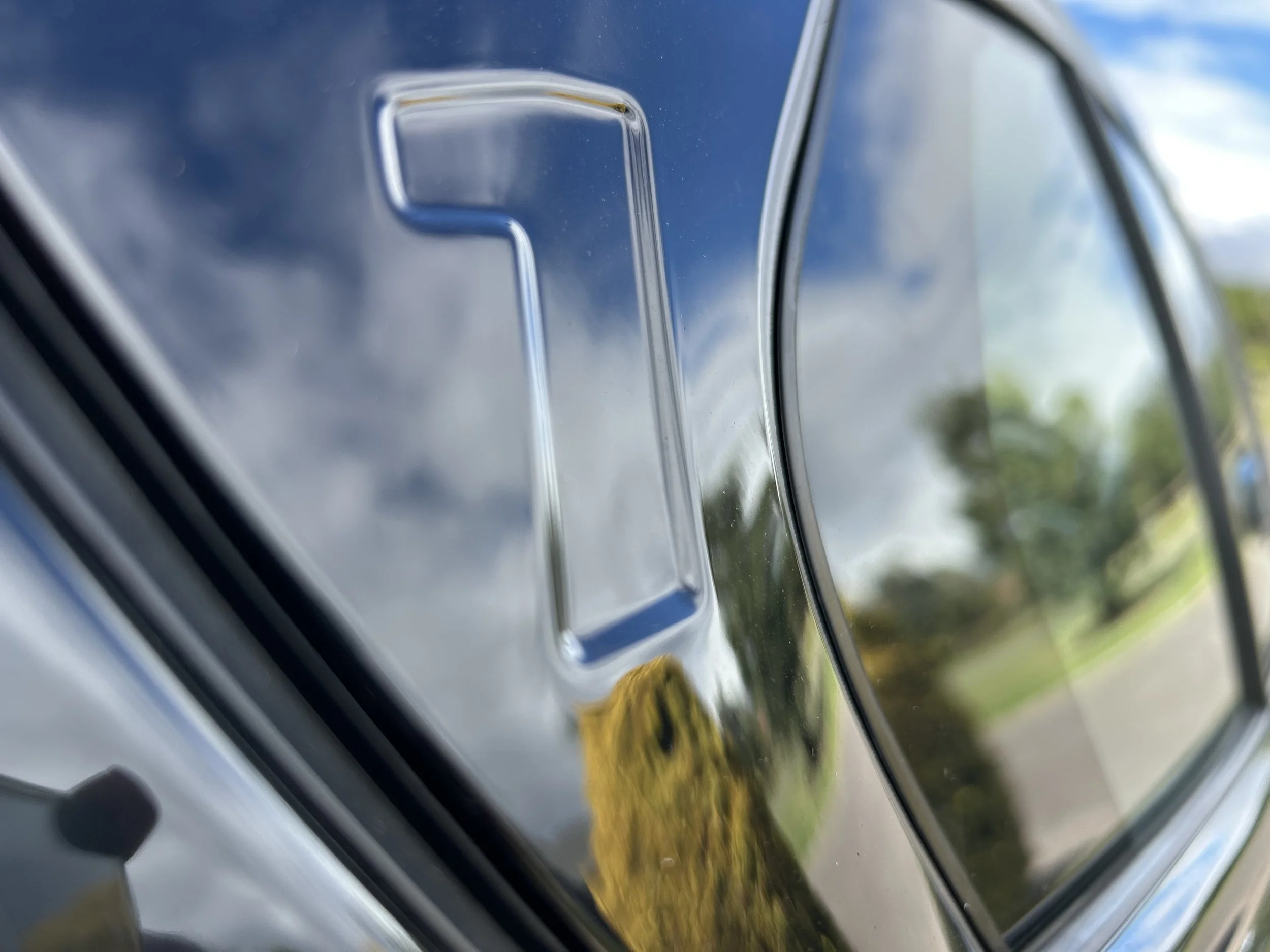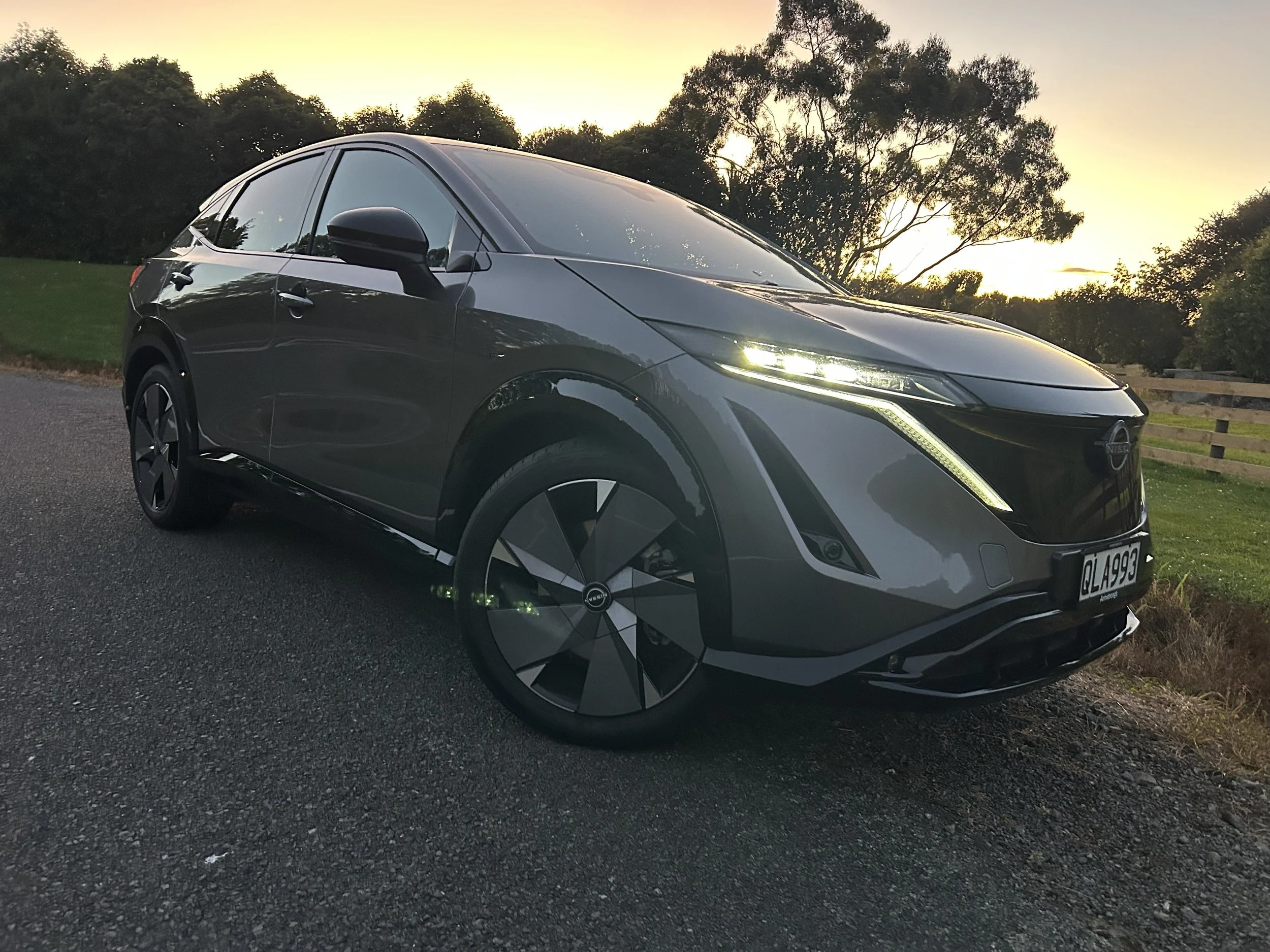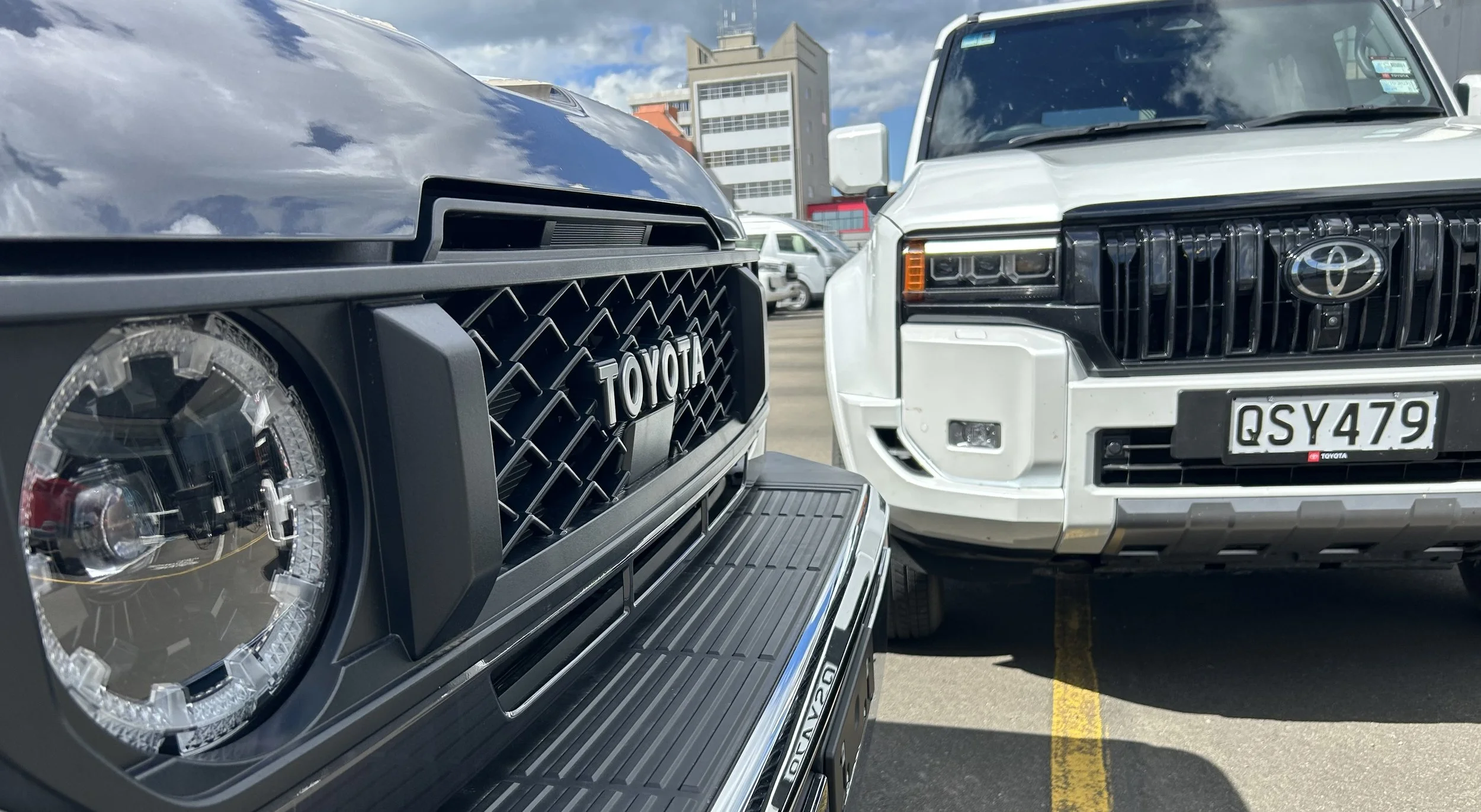E push restricts to Jazz, but initiatives are not being ignored
/Government’s push to promote electric cars could be music to the local Honda distributor’s ears.
Honda’s push with the fourth-generation Jazz (seen here in Japan, as a Fit) will centre on the hybrid, arriving in May.
NO thought yet about whether Honda’s cute ‘E’ electric car could end up on the same play list as the new Jazz incoming soon, but the brand’s local agent says the Government’s clean car initiatives that give clear support to pure battery models are being followed with interest.
For now, though, the only model being locally represented with any level of ohm drive ability will be a hybrid, landing in May, that seems set to be sold under a ‘Honda e technology’ push.
It’s a tag with potential to cause some confusion about the potential official availability of the retro-styled ‘Honda E’ electric car that, while not represented by the distributor, is nonetheless starting to proliferate as a grey import, in used and as-new parallel product.
Matt Woodburn, marketing and product manager at Honda New Zealand, says his Auckland-domiciled operation is excited to have the hybrid Jazz as a choice within the 2021 line-up that appears set to include several wholly fossil-fuelled variants.
Clarity about this will only avail when details about the range, pricing and specification relating to the fourth-generation model are released.
Honda NZ likely has plenty of options; the car avails in Japan in five different versions. The entry car is the Basic, there's a Home for urban use, a more vibrant Ness (as in Fit Ness), a crossover version called Crosstar and a leather-trimmed Luxe flagship.
No official availability in New Zealand has not kept the Honda E from arriving.
How those trims correlate to the hybrid drivetrain availability is not clear.
Jazz is the first Honda to get the new e:Technology branding that will eventually feature on all the firm’s electrified products.
The Jazz system employs a system similar to the ‘intelligent Multi-Mode Drive’ (i-MMD) set-up used by the CR-V in other markets.
In typical driving situations, rather than driving the wheels directly, the engine acts a generator, sending charge to an electric motor, which tops up a small battery. When more performance is needed, the 1.5-litre petrol engine can drive the wheels directly via a fixed-ratio gearbox.
While stopping short of expressing exact volume hopes, Woodburn has made clear that he believes the hybrid model will be a winner and “a strong seller”.
“We are excited to be introducing Honda e: Technology … we are sure Kiwis across the country will be impressed by the new model. It’s the biggest change to the Jazz since the first generation launched in 2002,” he asserted.
As for potential to see proper representation of the Honda ‘E’? The model which operates with a rear-mounted electric motor making 315Nm of torque, and up to 113kW, with a claimed range from the 35.5kWh lithium-ion battery pack of 220km – so, the same as the MINI Cooper SE electric – is definitely a head-turner and has become a highly-talked about brand icon.
Woodburn agrees is “a very exciting and interesting product.”
However, it seems the pathway that have allowed its introduction by independent distributors is a much easier route than the brand’s actual representative must follow.
Head office insistence expressed when the production E first showed, in October 2019, that this model is just for Europe (including the United Kingdom) and Japan seems still to be firm policy.
Woodburn hasn’t shared how his own operation feels about seeing the car here nonetheless and has been guarded in relating, when pressed, what the situation is in respect to it having any involvement should there be servicing or warranty issues with those privately-delivered examples.
“Regarding support for grey imported models, there are many challenges in this space,” he acknowledged. “… but, as with all customers, we strive to support them as best we can.”
In respect to whether last week’s Government announcements might help Honda NZ make a case for including a fully electric product, he offered: “We are closely following the Clean Car announcements and are communicating with Honda Motors to discuss the future.”
Meantime, Honda NZ has also released a heavily revised version of the Odyssey people carrier, in eight-seater Touring and seven chair Premium, respectively priced at $49,990 and $59,990.
The car is based on the same underpinnings as the outgoing version, but takes a comprehensive exterior and interior redesign and new technology, spanning from Apple CarPlay and Android Auto audio integration to dual one-touch power sliding doors, walk away automatic locking, and the Honda Sensing Advanced Safety suite — which avails blind-spot monitoring, cross traffic warning, radar cruise control.
The Premium delivers with leather trim and features additional to those on the Touring include a hands-free kick-to-open power tailgate, gesture control for the sliding doors, memory seating, a climate control screen for second-row passengers, increased interior lighting.
The powertrain for both continues to be a 2.4-litre i-VTEC four cylinder, producing an unchanged 129kW of power and 225Nm of torque and paired to a paddle-shift CVT. There is no talk of the hybrid that sells in Japan being availed for export.




























































